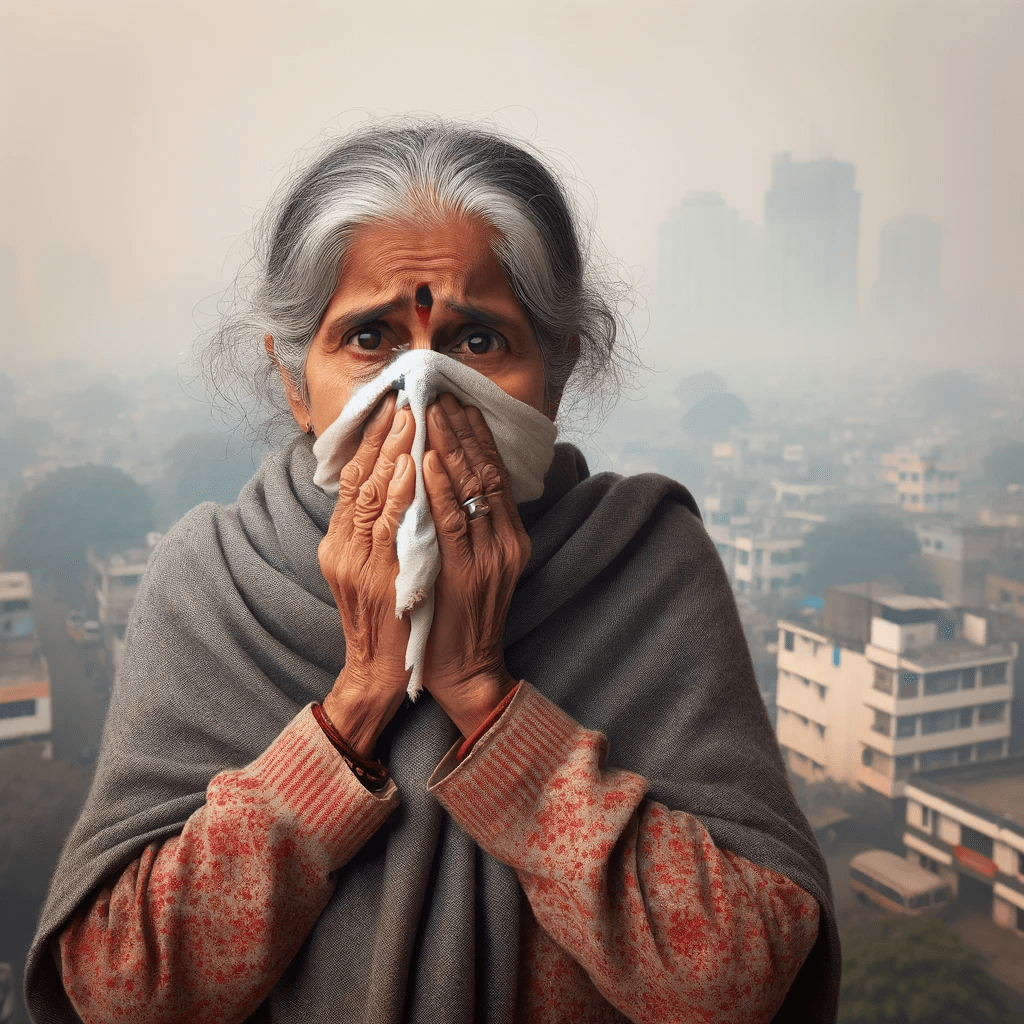Breathing New Insights: The Imperative of Lung Function Testing in Modern Medicine.
Exploring the Depths of Respiratory Health, these tests provide critical data for diagnosing and managing lung diseases.
In an era marked by rising air pollution and respiratory ailments, understanding lung capacity and function is more vital than ever.
Lung Function Tests stand as a cornerstone in preventative healthcare and therapeutic strategies, offering a window into the unseen intricacies of respiratory wellness.

- Understanding Respiratory Health:
- The Essential Role of Lung Function Testing in Contemporary Medical Practice
Imagine your lungs as balloons, filling up with air and deflating every time you breathe. But what if these balloons don’t inflate fully, or there’s a blockage? Lung function tests are designed to assess just that: how well your lungs work.
Lung function tests, often called pulmonary function tests, measure different aspects of lung performance. They can check how much air your lungs can hold, how quickly you can move air in and out, and how well your lungs deliver oxygen to the bloodstream. To perform these tests, you typically breathe into a device, and it records the results (Read More…).
Lung function tests, also known as Pulmonary Function Tests (PFTs), are non-invasive tests that provide important information about the health and functioning of the lungs. The outcomes of these tests can help in diagnosing, assessing, and managing various respiratory conditions.

Now, why is this especially relevant in today’s context?
The lung function can be significantly impacted by various environmental and health factors. Asthma, a chronic inflammatory disease of the airways, can cause episodes of wheezing, breathlessness, chest tightness, and coughing. Chronic bronchitis, often a result of smoking or long-term exposure to air pollutants, leads to inflammation and narrowing of the bronchial tubes.
More recently, COVID-19 has been a major concern, as it can cause severe respiratory issues, including pneumonia and acute respiratory distress syndrome (ARDS), particularly in those with pre-existing respiratory conditions.